Road to Kona: Picking the Right Course
Alun Woodward
We are at a point where registration for the new Ironman season is open and this is an important time for athletes looking at qualifying for Kona in the next season: not only does following the races provide a chance to see what sort of performance is required in your age group at the various events, the days – or even hours – immediately after can also be the only opportunity to enter them for the next year as registration comes online and sells out fast.
To make the most of your abilities, giving yourself the best chance to secure that Kona slot, you need to know which courses best suit your strengths and be ready to enter as soon as the event registration opens!
When looking at your Ironman options, you need to consider your strengths and look for an event that plays into your hands. Let’s go over the individual disciplines and what to look for in choosing the right one for you.
SWIM
The first thing to consider is the water temperature, i.e. is the event likely to be a wetsuit or non-wetsuit swim? If you are a good swimmer relative to your rivals, then a non-wetsuit swim will likely increase your advantage. Conversely, if you are a poor swimmer, choosing an event with a wetsuit swim will limit your losses to the leading athletes. If you suffer in the cold, then avoid races with very cold swims and opt for events that tend to be borderline wetsuit legal such as Ironman Austria.
Aside from the issue of water temperature, we must also think about location: does the swim take place in a lake, ocean or river, and how does each of these impact my performance? An ocean swim tends to be wavy and offers a navigational challenge. If you are afraid of the water, an ocean swim may well be one to avoid as rough waters can really leave you feeling isolated and scared.
Lakes and rivers tend to be the easiest for navigation and there is no need to worry about sharks!
The race start is also a big factor to weigh in your decision: many athletes are scared of the large mass starts and tend to hold back or stay wide of the group – this tactic will cost you time and when looking for a ticket to the Ironman World Championships, these few seconds (or minutes) can be the difference between qualification and missing out. Some races have wave – or time-trial starts offering a calmer experience, which can be beneficial for athletes intimidated by swimming in bigger crowds.
While it is true that the swim will not win you the race, a bad performance in the water can sure derail your possibilities of qualification. Consider all the factors above to choose an event that fits you.
BIKE
The bike is going to take up the biggest proportion of your race and most time can be won – and lost – here so this is the key area to look into. While a great athlete can race well on all courses, they will always perform the best on courses suited to their personal strengths. A great example of this is Chris McCormack: he won many times over the Ironman distance including in his first attempt at Ironman Australia but could not step up to the table in Kona at the first try, failing to even complete the race. He finished the following year, in 2003, but far down the ranks, followed by another DNF in 2004. In 2005 he managed to finish sixth, before moving up to second the next year. In 2007, Macca was rewarded for his hard work and persistence, earning his first Kona victory, a feat he repeated in 2010.
Kona is not a course that suits McCormack and he had to work very hard to overcome the obstacles of the conditions in order to win. Let’s look at what we need consider in choosing a bike course.
Firstly, we need to check out the profile of the course, along with the technical nature of it. We can take two hilly courses into consideration here such as Ironman Nice and Canada: both offer big hills but Nice also throws a very long and very technical descent into the mix. Choosing Nice because you can climb well is not going to work in your favour if you don’t also possess the technical ability for the descent. You might gain 5 minutes on your competitors on the ascent, but lose 15 on the way down.
Canada’s bike course, on the other hand, offers some solid climbs without overly technical descents, so this course may be the one for you if downhill cycling skills are lacking.
Bigger athletes tend to ride better on flat course, while smaller athletes typically outperform on the hilly ones. We also have smaller athletes who ride very well on the flats, but it comes at a price as the run off the bike suffers. From your past experience and training, you should know what terrain suits your strengths.
A major factor many athletes forget to take into account is injury. If you suffer from a bad back, hip or some other constraint that is brought on, or worsened, during cycling, you have to think about that in relation to a course profile. Riding a flat course such as Ironman Florida where you very rarely change position is going to exacerbate any problems like a bad back or hip, and negatively affect your race.
Instead, you might want to choose a course with plenty of undulations that will see you regularly change position to prevent these problems from occurring. Ironman UK, for example, would fit this description.
RUN
With the run being the final section of the race, it is also the most crucial to qualification. The races are becoming more and more competitive every year, especially at the top end of the field, so a good run is vital to success. Most Ironman courses are predominantly flat so terrain is not the biggest issue here.
I find the question of crowd support and temperature the two factors that need to be thought about. A bigger athlete may find conditions tough in hot or humid races and that would lead to a sub-par performance, while a smaller athlete might struggle to perform in colder conditions.
In Kona itself, we have seen athletes with various body types struggle and succeed over the years. Craig Alexander is a smaller athlete who thrives in the heat and humidity and this has shown in his success and consistency at Kona, whereas athletes such as Tjorbjorn Sindballe have really struggled with the conditions due to their body size and have had very varied results.
Also you need to look at your motivation: do you thrive in big crowds or do you prefer running in isolation just focusing on your own performance. Ironman Regensburg, for example, offers a run through the city in an amazing atmosphere that really inspires the athletes, whereas the run at Ironman UK can be very lonely at times.
OTHER FACTORS
While we have looked at the main factors that should be taken into account, there are a few other components to consider in finding your ideal Ironman event.
Allergies can really affect your performance which means that going to a race in peak allergy season for a given area is not a great plan. Also, races that tend to take place in humid conditions can negatively impact athletes with breathing problems.
Time of year is another key factor to keep in mind. For example, entering a race that’s held in March when you are going to have to train through a freezing winter may not be the wisest decision.
Also consider the environmental conditions you will be training in at home compared to those you will face during the race, and how they might impact your performance. For instance, for an athlete in Texas training through the mid-summer’s hot and humid conditions there for a race such as Ironman Louisville might leave them depleted and unmotivated during the long Ironman-specific training. As a result, this athlete wouldn’t be in the best mental or physical condition for the race, so in that case you’d rather aim for a race in spring when training weather is more conducive.
One final factor to take into account is whether course takes place over multiple laps or a single one. Some athletes love the multi-loop courses as it breaks up the distance, while others prefer one big lap. Compare for example the three-lap bike course in Ironman Arizona with the one-loop ride at Ironman Canada.
As you can see there are many factors to take into consideration when planning your attack on Kona qualification. With the ever-increasing level of performance and the growing number of athletes chasing a limited number of spots for the Big Dance, we need to be more and more dedicated to finding a race that suits our individual strengths so we give ourselves the best possible chance to be on that magical start line in October!
ironguides is the leading Lifestyle Facilitation company for athletes of all abilities. We provide coaching and training services, plans and programs, as well training education, health and fitness products to help you learn and live a healthy lifestyle. Come get fit with one of our monthly training subscriptions, event-specific training plans, coaching services, or a triathlon training camp in an exotic location! ironguides also provides Corporate Health services including Corporate Triathlons, Healthy Living retreats and speaking engagements. At ironguides, your best is our business!
Train with ironguides!
Personalized Online Coaching: Starting at USD190/month
Monthly Training plans (for all levels, or focused on one discipline): Only USD39/months
Event based training plans:
Sprint Distance (USD45 for 8-week plan)
Olympic Distance (USD65 for 12 week plan)
Half Ironman (R$95 for 16-week plan)
Ironman (USD145 for 20-week plan)
X-Terra (USD65 for 12-week plan)
Running Plans (10k, 21k and 42k – starting at USD40)






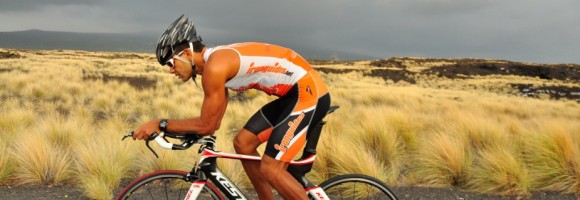
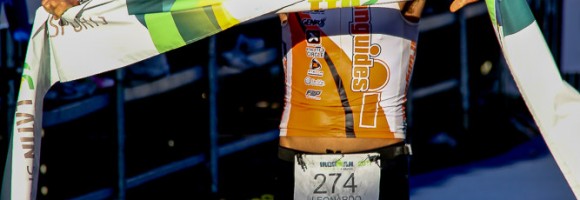

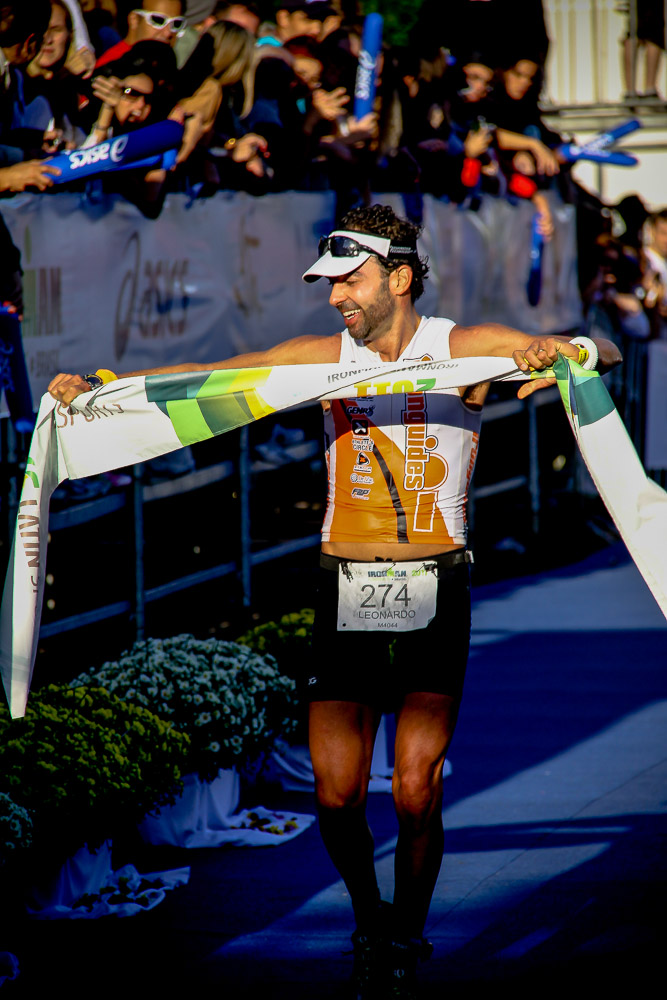


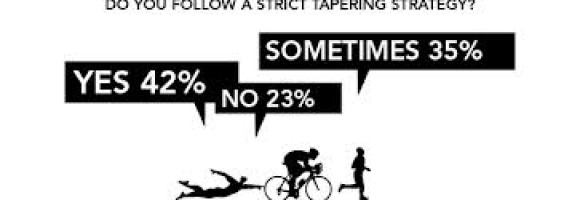

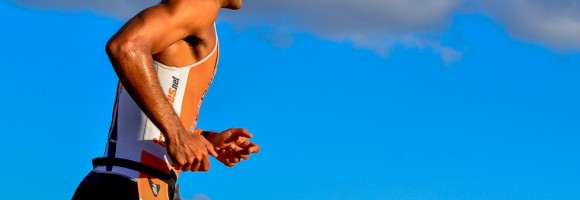

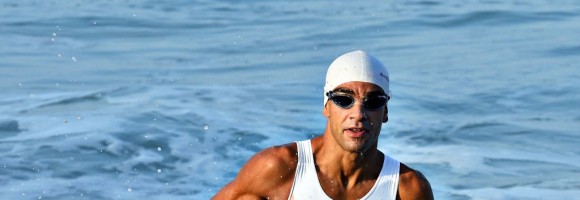
Recent Comments